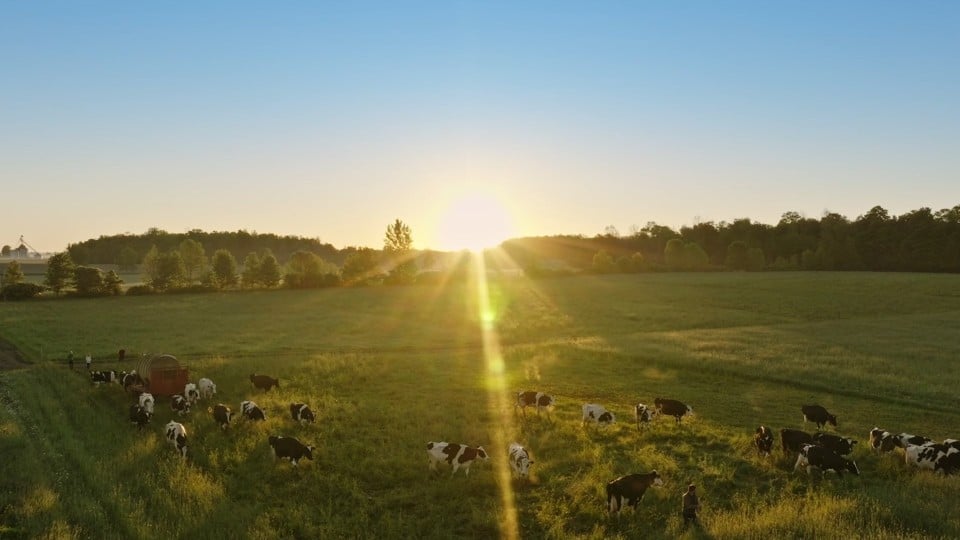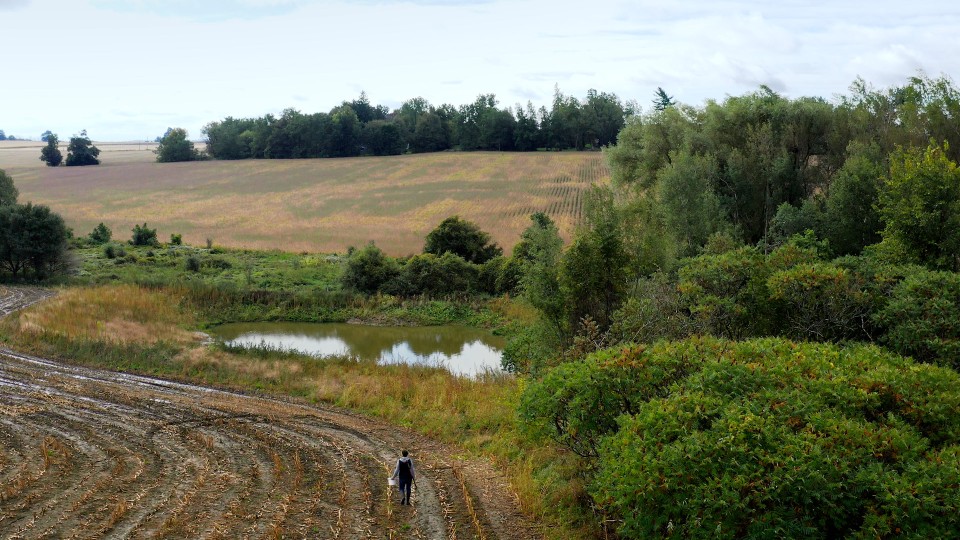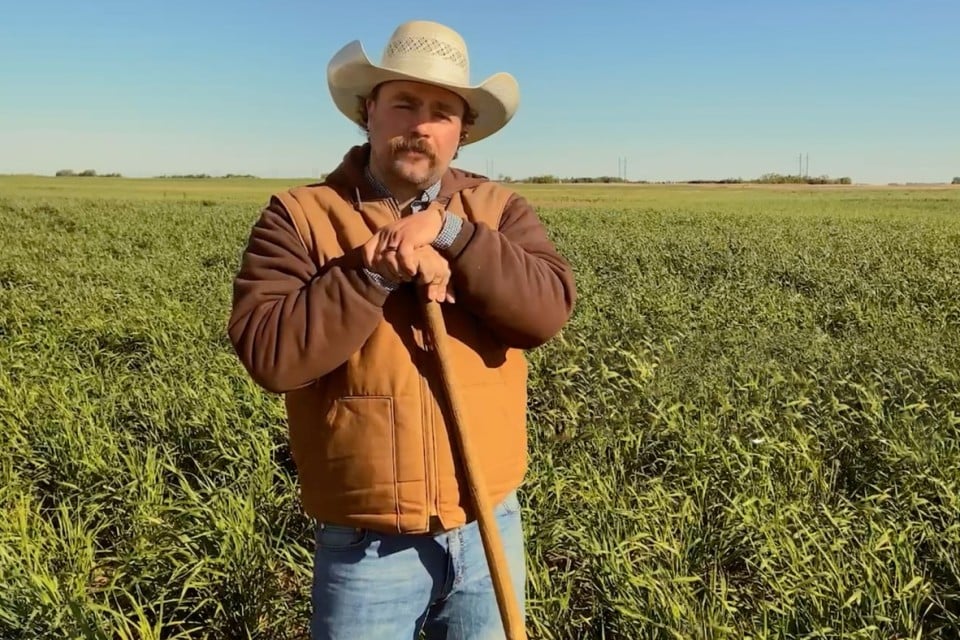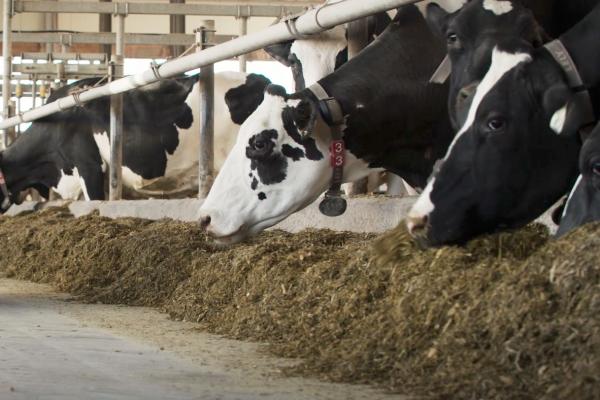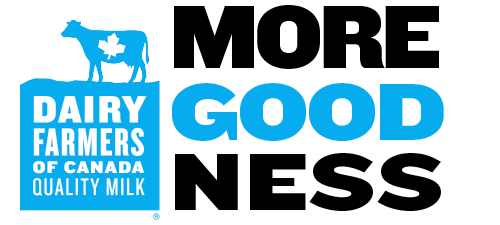Highlights
- There are six generally recognized principles of regenerative agriculture.
- Regenerative agriculture helps Canadian farmers to revitalize their land and reduce their need for fertilizers or pest control.
Farming to regenerate the soil is a journey to improve farm resilience and keep producing food while facing the challenges of climate change. In this holistic view of farming, farmers work over many years, learning from successes and opportunities in applying the principles of regeneration, to mitigate the effects of climate change and offer ecosystem services.
The six generally recognized principles of regenerative agriculture include:
- Minimize soil disturbance;
- Maximize crop diversity;
- Maintain soil cover;
- Maintain living roots year-round where possible;
- Integrate livestock; and,
- Understand the needs of your farm.
Many best agriculture practices recommended to sequester carbon fall under the umbrella of regenerative agriculture practices. Regenerative practices improve agricultural soil health, and the surrounding biodiversity and ecosystem. This approach to sustainable farming also actively restoring and regenerating land where it has been degraded.
While there is no one-size-fits-all solution, there is a consensus on main regenerative agriculture practices, such as no-till or conservation tillage, cover cropping, crop rotations and integrating livestock to build organic matter and activity of microorganisms in soils. Many farming practices also aim to improve rainwater infiltration and retention in the soil, to maintain soil nutrients (minimize the erosion of fertile soil) and to provide other environmental benefits such as conservation of local biodiversity in a financially viable way.
Canadian Dairy Farm Discovery : Experience sustainable farming in a virtual 3D Canadian dairy farm. Discover regenerative agriculture practices, innovative tech, and more!
What are the "Regenerative Agriculture Practices" promoted by Dairy Farmers of Canada?
Dairy Farmers of Canada (DFC) has a roadmap to bring the Canadian dairy farming sector to net zero GHG emissions. This means aiming to achieve a balance between emissions from farms and their capture of carbon in the farms’ landscape. A lot of the practices recommended in this plan aim to both reduce emissions, and to increase the land’s capacity to sequester carbon.
When Canadian farmers minimize soil disturbance, optimize nutrient cycling, and utilize organic amendments like manure, they are restoring and revitalizing their land, and also reducing their need for external inputs for fertilizers or pest control. Farmers have a keen interest in tools like precision agriculture technologies and networks to share knowledge and experiences, both of which help them actively nurture the land, embrace innovative practices to foster a sustainable, resilient and prosperous future for farming communities, and contribute to food security in the future.
Dairy Farmers of Canada has committed the dairy farm sector to reaching net-zero greenhouse gas emissions by the year 2050. Find out more.
Sources
-
How does Regenerative Agriculture Work? Canadian Food Focus[JF1] - https://canadianfoodfocus.org/on-the-farm/how-does-regenerative-agriculture-work/
-
What Does "Regenerative Agriculture Practices" Mean for Saskatchewan? Government of Saskatchewan - https://www.saskatchewan.ca/business/agriculture-natural-resources-and-industry/agribusiness-farmers-and-ranchers/sask-ag-now/agriview/agriview-fall-2022/what-does-regenerative-agriculture-practices-mean-for-saskatchewan
-
Regeneration Canada - https://regenerationcanada.org/en/quebec-regenerative-dairy-farm-pilot-project/ ; https://regenerationcanada.org/en/why-soil/
-
Nestlé https://www.nestle.com/sustainability/nature-environment/regenerative-agriculture
-
Agriculture Canada- Soil health for our future: Outcomes report, EU-Canada Agriculture Dialogue Workshops https://agriculture.canada.ca/en/international-trade/market-intelligence/soil-health-our-future-outcomes-report-eu-canada-agriculture-dialogue-workshops
-
General Mills: https://www.generalmills.com/how-we-make-it/healthier-planet/environmental-impact/regenerative-agriculture
-
FAO: https://www.fao.org/soils-portal/soil-management/soil-carbon-sequestration/en/
-
Investigating Incentives for Regenerative farming practices, 2021 https://www.wellington.ca/en/business/resources/Our-Food-Future/Investigating_Incentives_for_Regenerative_Agriculture-May-2021.pdf
-
Rabobank RaboResearch https://research.rabobank.com/far/en/sectors/farm-inputs/regenerative-agricultures-many-shades-of-green.html

